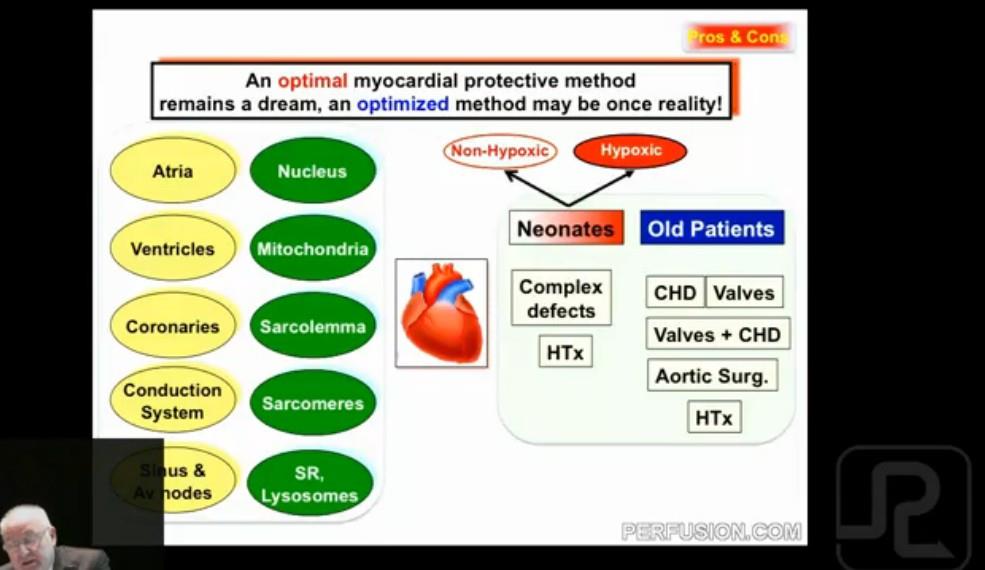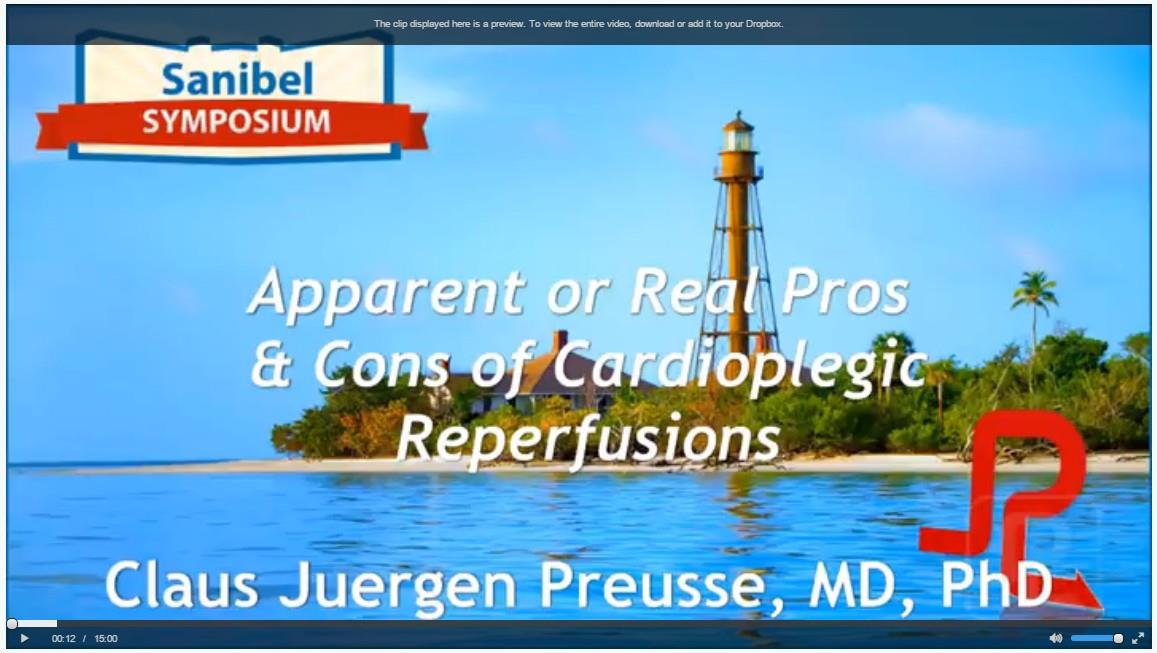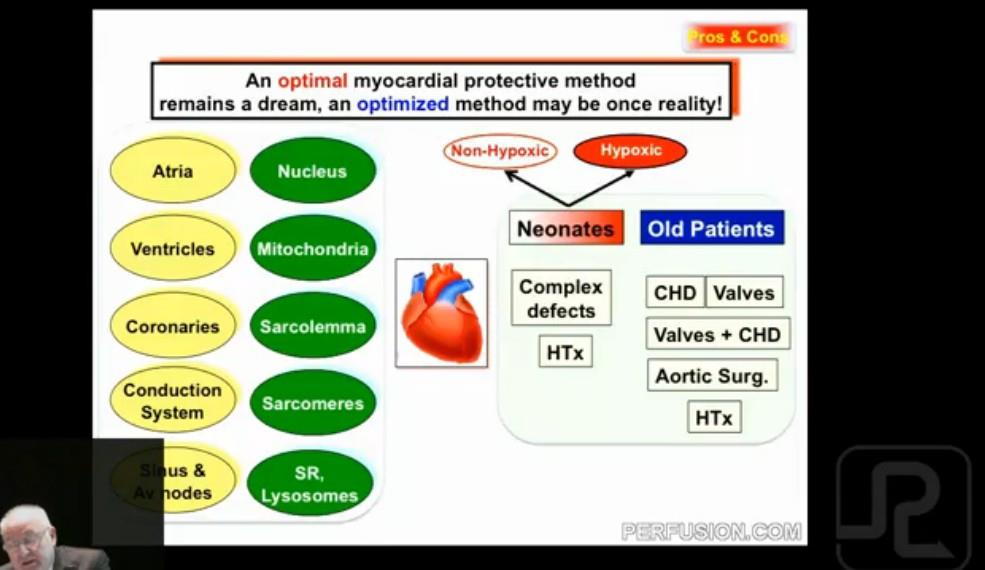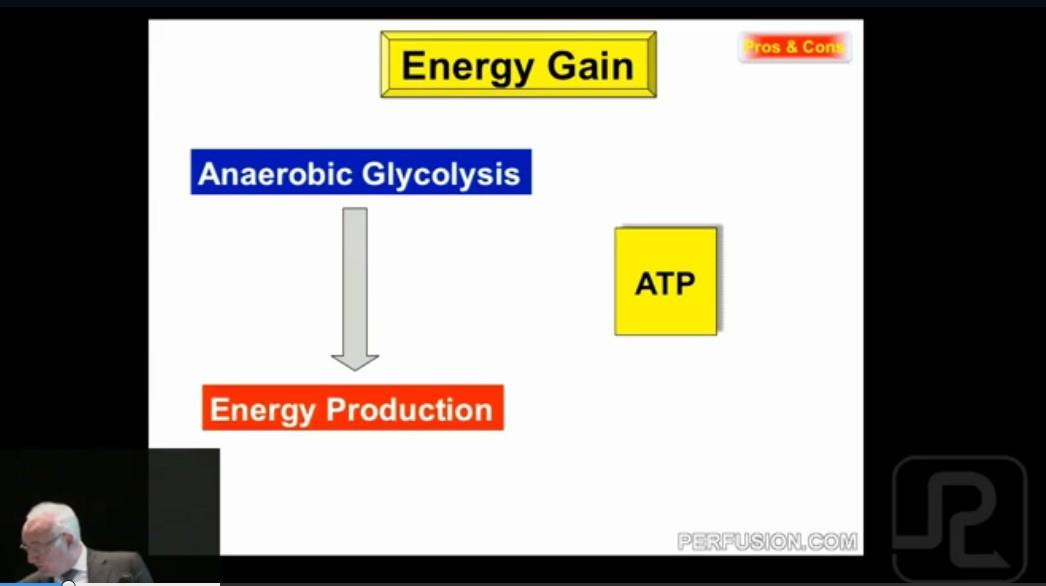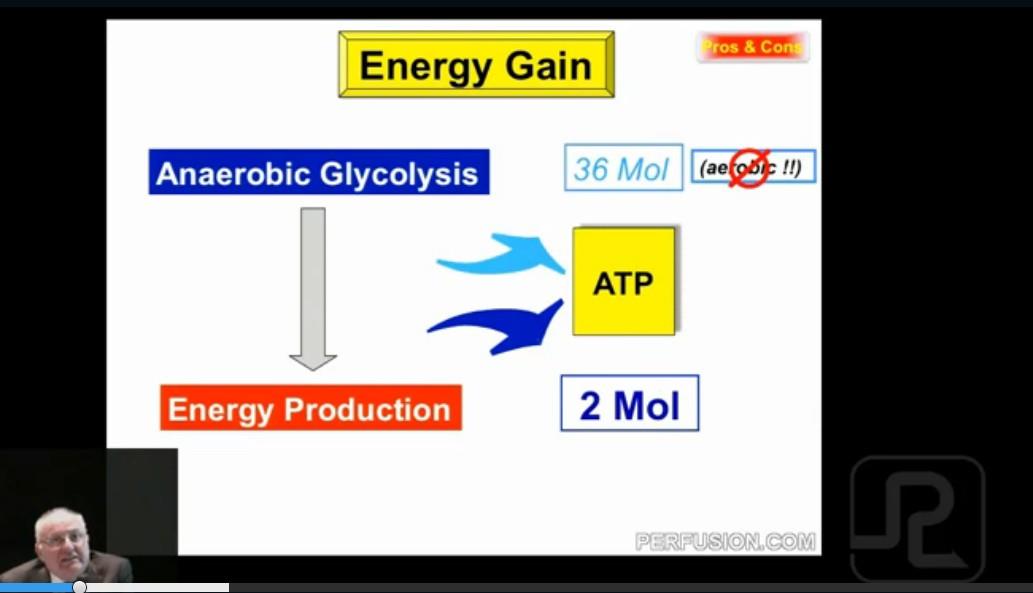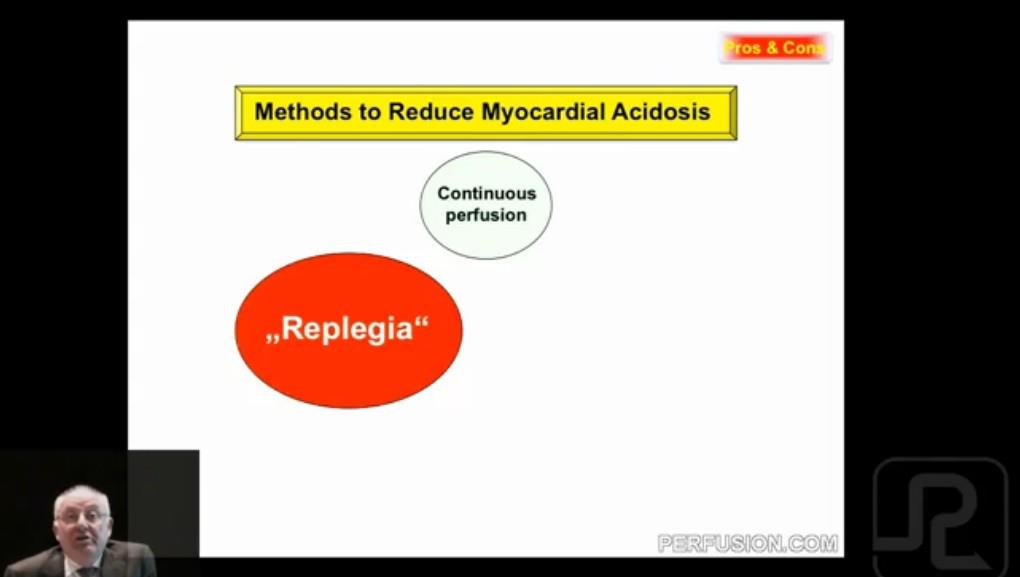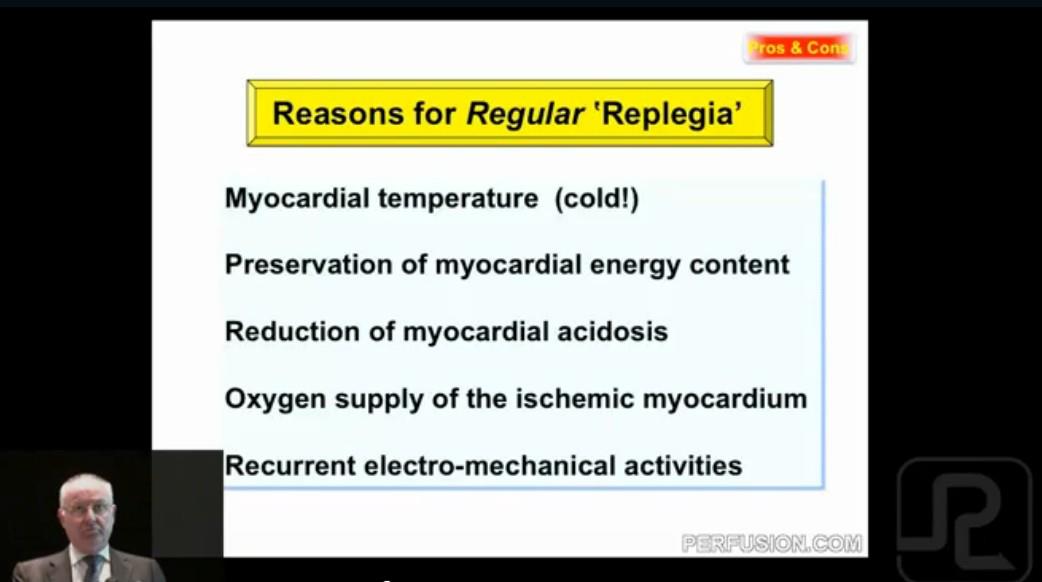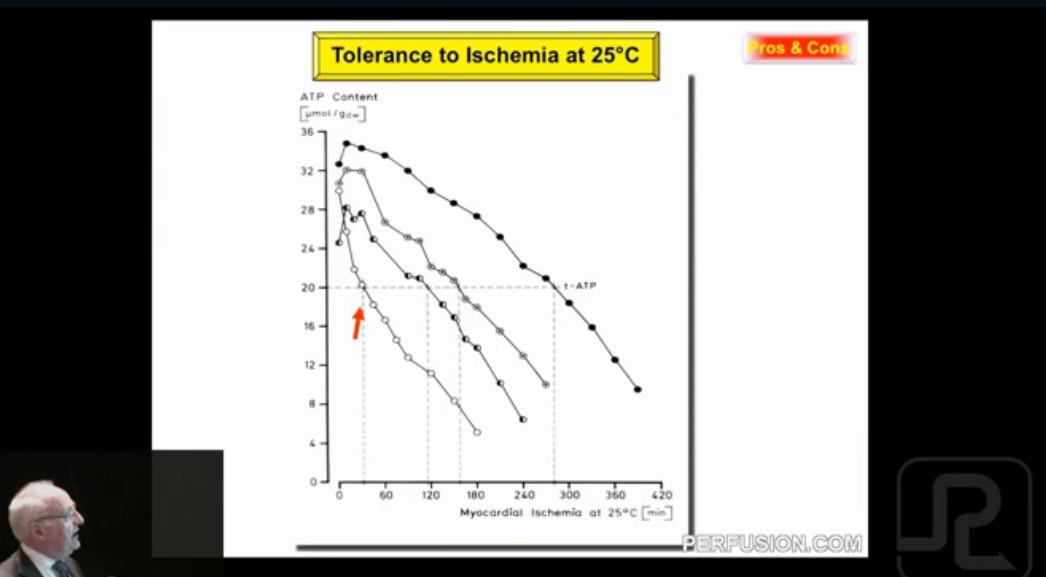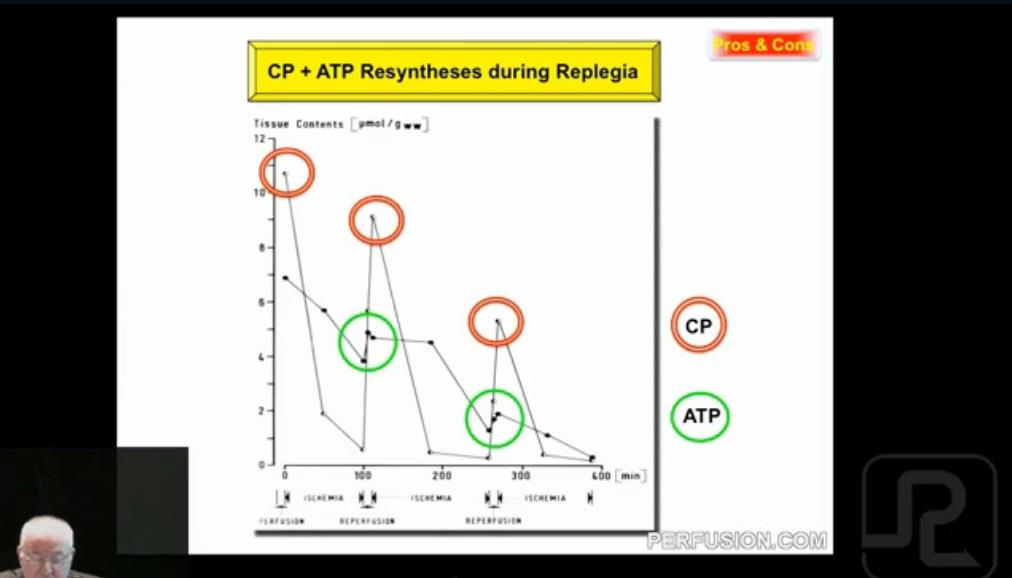Custodial: Myocardial Protection

“Every practice regarding cardioplegia that works in neonates- works on adults as well- however it is NOT applicable vice-versa”
Editor’s Note:
Clearly we as perfusionists are all about patient protection at every tissue level: The brain, the kidneys, the central nervous system, and obviously the heart (myocardium).
My observation is the following on a routine case involving CPB…
- On CPB- establish Q- cool or drift-…
- XC On
- High dose K+ cardioplegia delivered at usually a concentration of 64 MEQ KCL/L @ 5-7 degrees C x 1,000 cc’s)
- Intermittent doses as each distal is done (less than 20 minutes seems the standard accepted ischemic time) Low dose K @ 500 or so cc’s
- Maybe a “hot shot of low dose “K” or pure blood to rewarm the heart and flush out residual pools of K+ after the last distal.
- Dump in 100 mg of lidocaine- as the XC comes off and it’s a done deal.
It may sound simplistic- but having done hearts at 34+ institutions- it is what it is- and it hasn’t varied much. You can make it sound more complicated, but the bottom line-that formula is pretty universal.
We are not mechanics, perfusion is definitely an art in regards to managing a pump-run, but in the realest sense- we go with the flow regarding accepted practice and that is something hard to change.
Will the pulse that drives this universal regimen change? I doubt it.
So here is a pretty interesting discussion regarding what a a lot of us aren’t thinking about once we get happy and see a flat line
Follow THIS LINK for a pretty enlightening Myocardial Protection Video:
Custodial Cardioplegia & Myocardial Preservation
Click image to view presentation…
As the Editor of CircuitSurfers.com, I suppose the expectation is that I am at least up to date and fully informed when it comes to most perfusion techniques.
Custodial Cardioplegia is an unknown and unfamiliar concept to me- so follow along as we learn this together.
The following post will discuss how Custodial Cardioplegia enhances myocardial preservation, and the optimal circumstances on how to employ this technique
A Refresher Course on Organic Chemistry 101
Heart Protection 101
Basic O Chem
=
Reduction of ATP to 2 after X Clamp
Reduction of ATP & increase of Lactic Acid
=
Lactate production
=
Stone Heart
=
Figure 1
=
Figure 2
=
Figure 3
–
Decease in ATP
==
Recovery of ATP lasts for days not minutes
=
Critical pH for patient is 7.0
=
Critical pH for myocardium is 6.0
